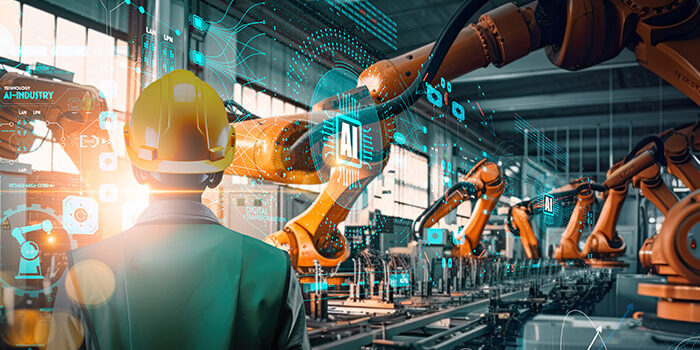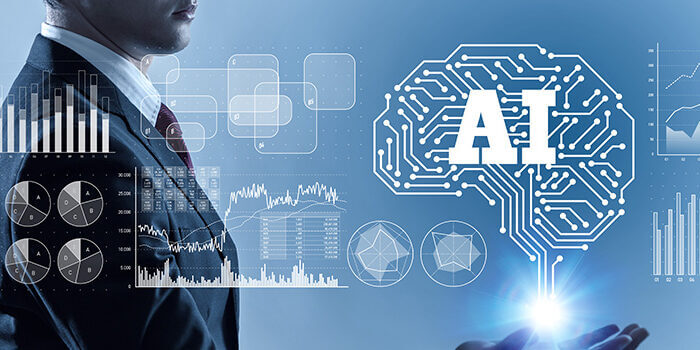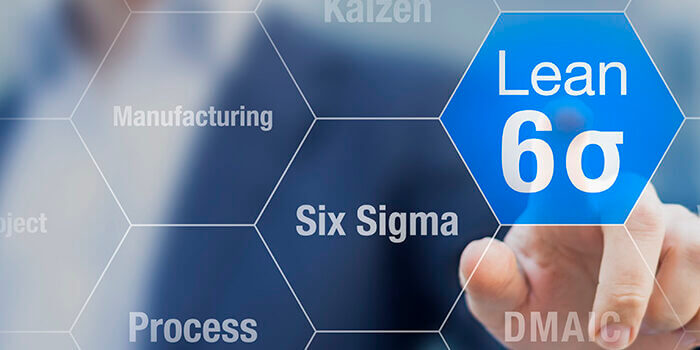Author: Bill VonMinden
What is Intelligent Automation?
In the early days of Intelligent Automation (IA), many were confused by the hype around this “new” technology. Most were familiar with Robotic Process Automation (RPA) and “bots”, which were certainly not a new concept.
However, as time passed, the Intelligent Automation ecosystem began to emerge with specific technologies brought together in new ways to form a powerful set of tools to quickly deliver real results. In addition to traditional RPA bots, processing mining, monitoring, and optimization components add capabilities to uncover and manage processes. Within IA, we also can apply Artificial Intelligence and Machine Learning (AI/ML) techniques to support decision-making using the process data.
A Factory Model for Intelligent Automation
Think of your organization as a factory that takes raw materials, refines them through various processes, and produces a valuable product. The raw materials are the organizational data, knowledge, and skills that go into a process.
The processes are the tools we discussed above: bots, process mining, monitoring tools, and the AI/ML techniques that make the automation intelligent. The factory produces actions and efficiencies that drive your business.
Similar to a real factory, you want to carefully track (and optimize!) the productivity of each step of your automations. Every process along the way uses various tools, each of which has an associated cost. Is that step operating efficiently? Is the data it creates accurate? Are users interacting with it efficiently?
Using IA tools, we can monitor that efficiency and even identify additional steps to automate and optimize.
Enjoying this insight?
Sign up for our newsletter to receive data-driven insights right to your inbox on a monthly basis.
Applying IA Techniques at the Factory
Process Mining, Monitoring, and Optimization
These tools are the first step of systematically identifying and automating inefficient processes. Process discovery and monitoring is leveraged to identify outliers and waste. By observing production processes, we can determine if standards are being followed and also whether they are efficient; if not, we begin to ask why and either re-align or remedy the issues.
When established processes aren’t followed, risks emerge. Process monitoring allows organizations to clearly track real-time KPI’s, immediately showing where you are with your goals. Process Mining, Monitoring, and Optimization can also examine previously automated processes and suggest alternatives and improvements for optimizing aspects of production related to compliance, efficiency, quality, and cost.
RPA – The Robotic Machine
RPA is the engine that drives the factory. It can be implemented as robotic or automated portions of the assembly process, shifting your workers from mundane repeatable execution to the more important tasks of monitoring and quality control. By freeing the time previously used in a manual, repetitive steps, we can focus on other aspects of the task, providing value and increasing employee satisfaction.
Artificial Intelligence & Machine Learning
If RPA is the engine propelling the factory along, AI and ML are the tools that help make the myriads of decisions needed along the way. AI and ML tools can make recommendations, monitor data quality, detect fraud, summarize and structure data, and any number of other tasks.
Building your Factory to Create Value
The standardization, optimization and implementation of automated processes will yield lower costs, decrease risk, and improve quality. Intelligent Automation helps you do more with less, all while providing better visibility into what you’re doing.
Like with any other potential technology adoption, Intelligent Automation is an investment. And like any other investment in your business, it is expected to generate a return on that investment. RevGen has built automations across industries, use cases, and technologies. We are ready to help you build a factory to identify, automate, and monitor the processes that are holding your business back.
If you’re interested in what Intelligent Automation can do for your business, contact us to day to schedule a chat with one of RevGen’s experts.
 Bill VonMinden is an Architect at RevGen. In his four years here, he has worked on a number of successful projects covering Data Warehousing, Reporting, Integration and Intelligent Automation projects spanning the Healthcare, Telecom and Financial Services Industries.
Bill VonMinden is an Architect at RevGen. In his four years here, he has worked on a number of successful projects covering Data Warehousing, Reporting, Integration and Intelligent Automation projects spanning the Healthcare, Telecom and Financial Services Industries.





